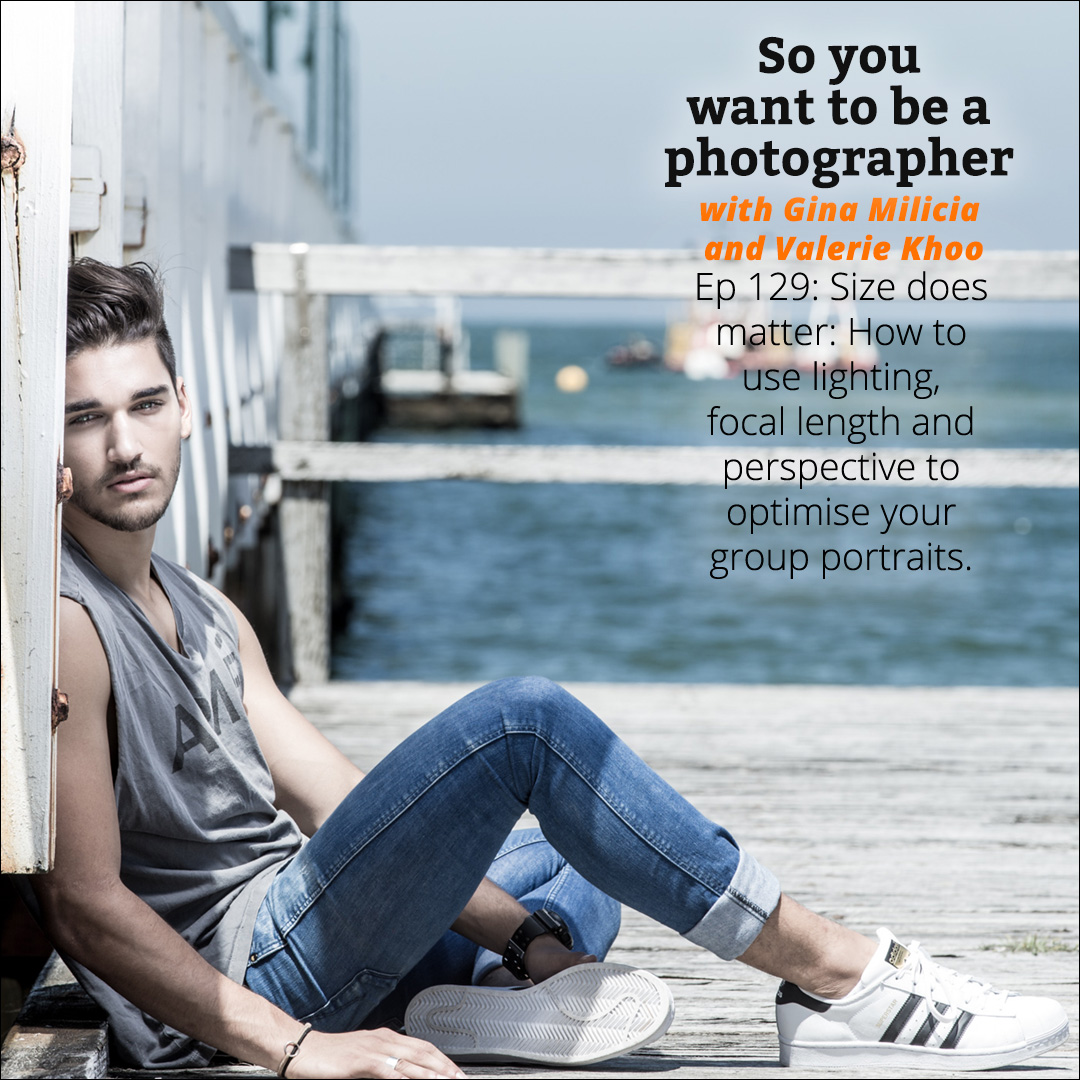
When you’re shooting more than one person, you can come across a raft of problematic issues. Sometimes, various people in the group can look disproportionate depending on where they are placed. And if you’re shooting people of varying sizes, some can look huge while others look like pinheads.
In this episode, Gina and Valerie discuss what you need to know to ensure all your group shots are winners. You’ll discover tips and techniques on forced perspective, lighting, shooting angles, focal length and much more.
Hope you enjoy the podcast.
Sign up to the newsletter for great tips and free Lightroom presets.
Join the dynamic Gold Membership in our Community which delivers monthly tutorials, live mastermind and lots of behind the scenes videos into the creative process.
#ginachallenge #sizematter
Click play to listen to the podcast or find it on iTunes here. If you don’t use iTunes you can get the feed here, or listen to us on Stitcher radio.
Show notes
Shoutouts
Michael Goh says:
It’s always great seeing things in print – was just listening to the optimising for print episode. I recently printed a series of images on aluminum for an exhibition. It’s interesting to consider the medium of prints. Astrophotography images like having a high gloss surface (like metal) – it brings out the contrast of the stars.
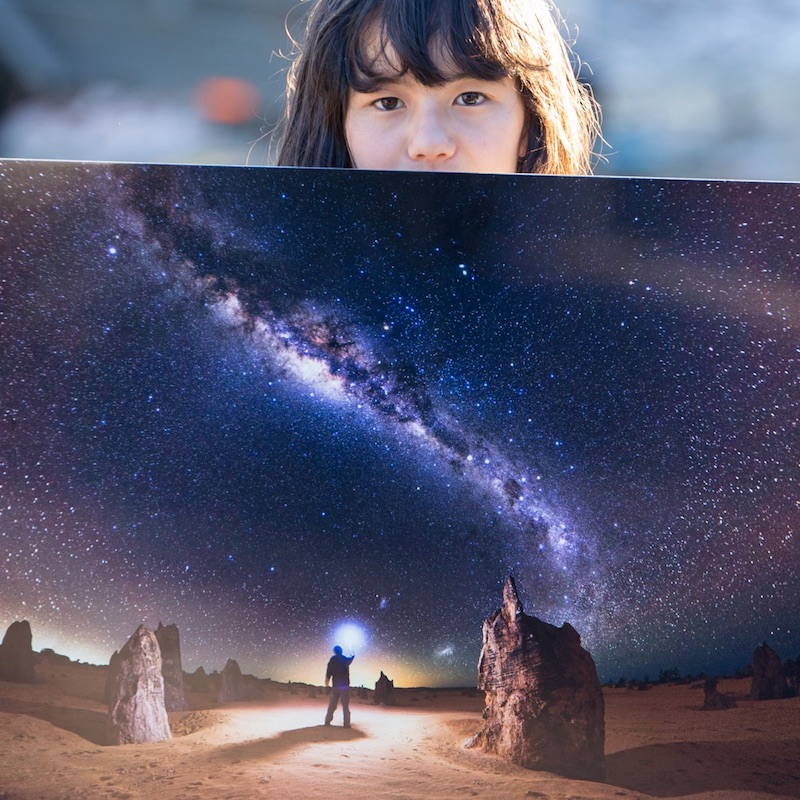
Photo feedback
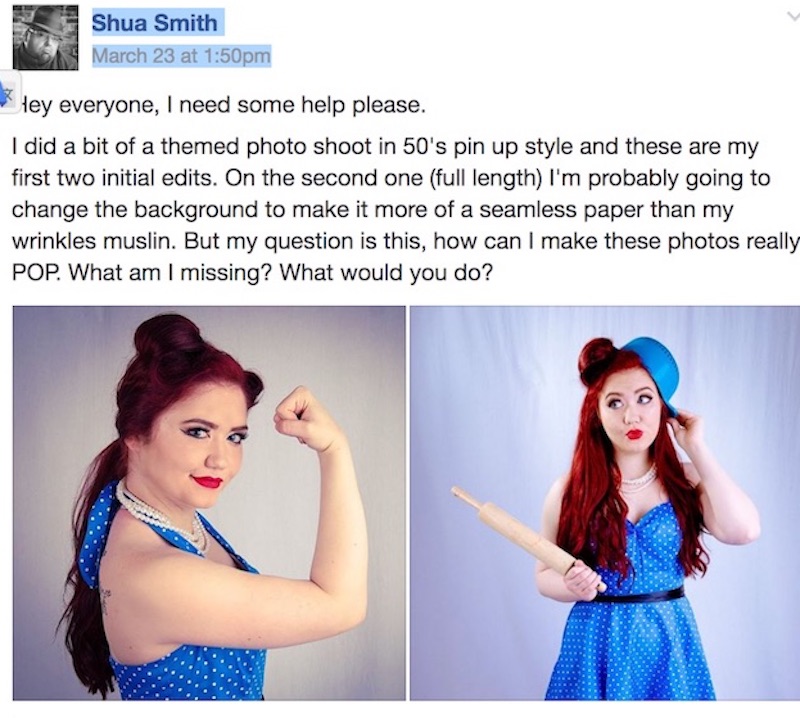

Size does matter: How to use lighting, focal length and perspective to optimise your group portraits
Focal length
- Wide angle lens distorts the shape of the human body
- In a group shot people closer to the lens will appear larger than people further away from the lens
- Long lens compresses the background and makes items that are further away appear closer to the camera
- In a group shot if you have people further away from the camera using a long lens can give a more balanced look to your image.
- If you are using a wide angle lens to shoot a group shot, try and avoid being too close to your subjects because this will make the people at the front of the group look much larger than the people at the back of the shot
- Knowing this means we can use this information to balance out portraits where people are different sizes.
Shooting Angle
- Shooting from a low camera angle will make people appear taller
- Combining a low camera angle with a long lens can create the illusion that someone is taller
Lighting
- Flat lighting can make an object look two dimensional and larger than it really is because it doesn’t have any shape
- Lighting can be used to make people appear leaner
- Short lighting is a technique used to make wider faces look narrower
- Short lighting is when the model is posed so the main light ( or brightest part of the face) is turned away from the camera.
- Broad lighting is when the model is posed so the main light ( or brightest part of the face) is closest to the camera.
- A narrow face can look broader with broad lighting
- If you are pairing a larger model with a smaller model you could use broad and short lighting to balance the shot
Perspective
Forced perspective is a technique which employs optical illusion to make an object appear farther away, closer, larger or smaller than it actually is. It manipulates human visual perception through the use of scaled objects and the correlation between them and the vantage point of the spectator or camera.
88 Brilliant Examples of Forced Perspective Photography
- Anything closer to the camera will appear larger
- Positioning smaller/shorter people closer to the lens and larger people further back will balance out the sizes of models.
Optical illusions
- Bringing the smaller person closer to the camera and moving larger person back slightly
- Can balance out a group shot
- Overlapping the larger people in the frame with smaller people can give the illusion that they are smaller
Wardrobe Choice
- Wardrobe can also have an impact on how large or small someone looks
- Oversized clothes can make a person look larger than they really are
- Clothes that are too tight can also make people look larger
- Patterns have the same effect
- Wearing one colour can have a slimming effect
- Dress larger person in dark colours and smaller person in light colours


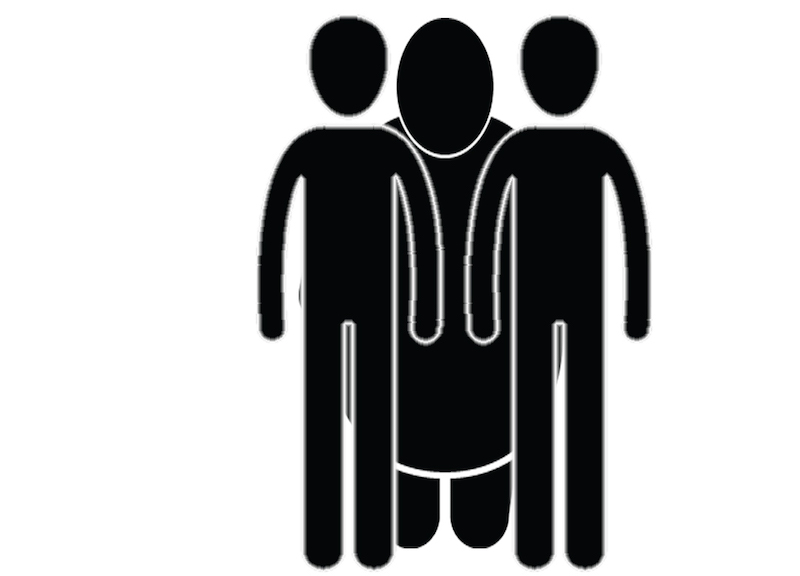
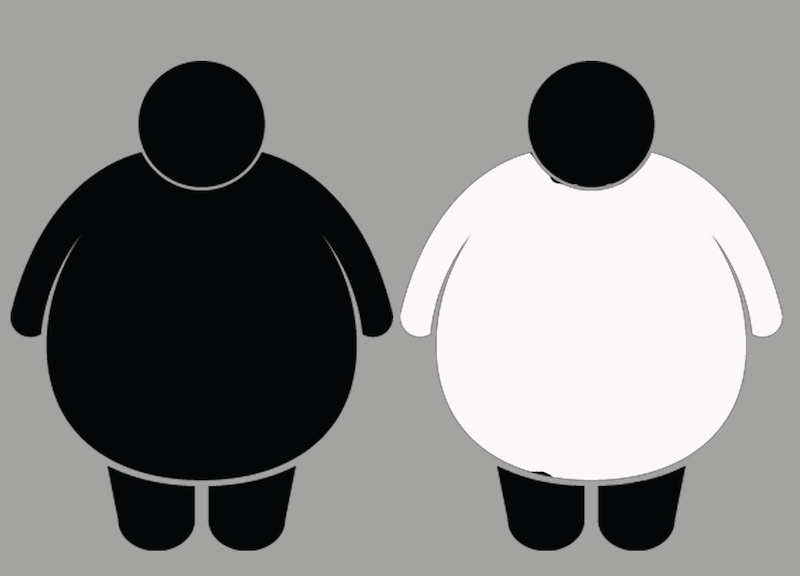
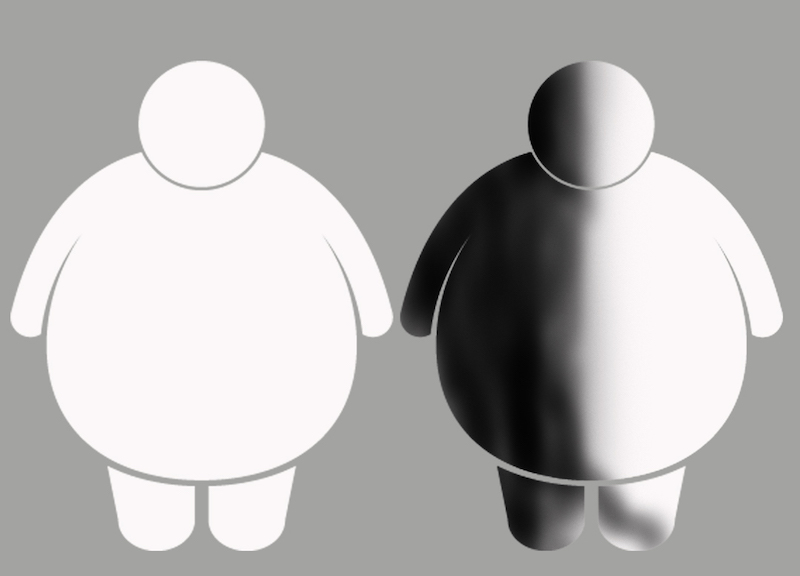
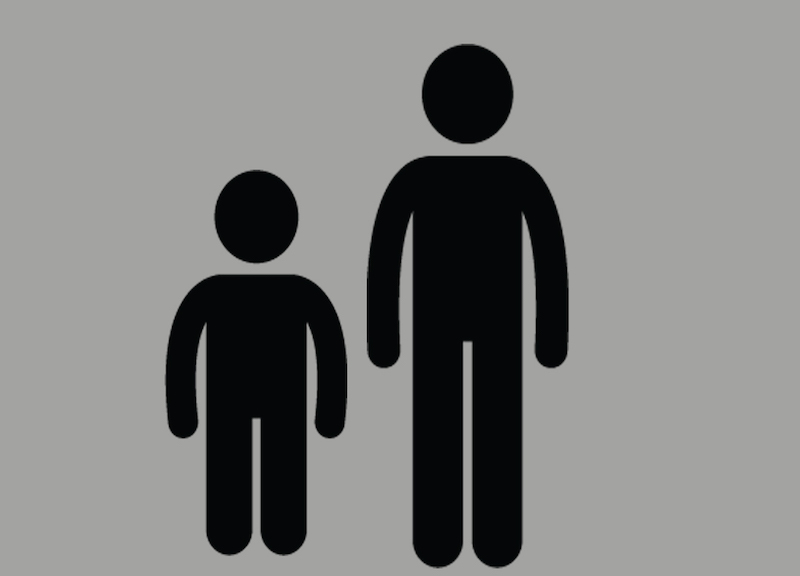
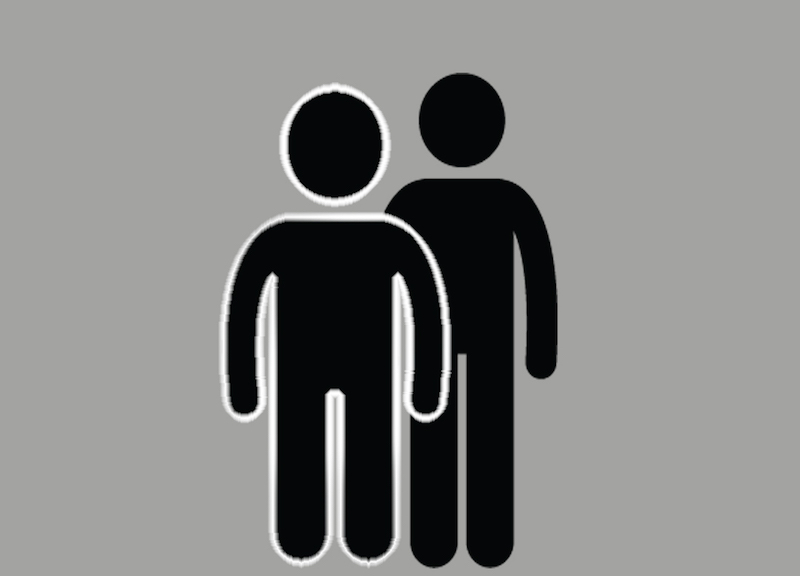
#ginachallenge #sizematter


